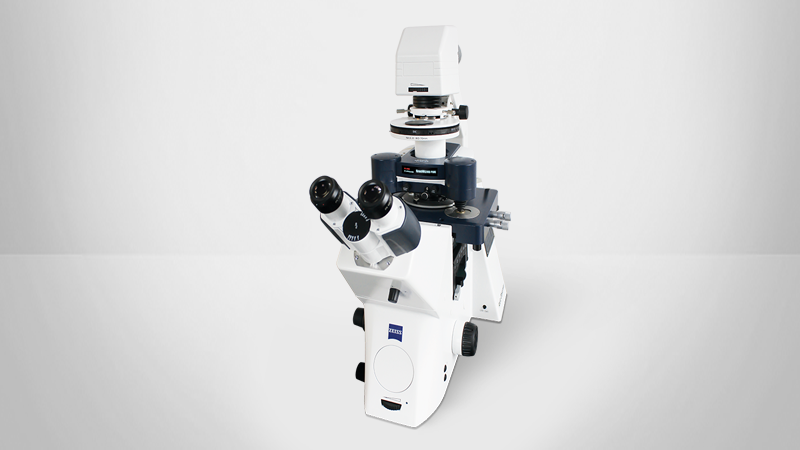[eBook] Correlative AFM and Advanced Optical Microscopy in Life Science Research
Get Instant, Full-Length Access
Recognition of the crucial role that nanomechanical properties play in the structure and function of biological systems is growing steadily. Atomic Force Microscopy (AFM), a high-resolution surface analysis technique, has emerged as a key platform for the multiparametric quantification of these properties in samples ranging from individual cells and molecules to tissues and biomaterials.
Correlative microscopy is delivering powerful new tools and enhanced research capabilities that provide important insights into complex biological mechanisms. Combining AFM with advanced optical techniques, such as fluorescence or STED microscopy, generates complementary datasets that can be used to derive the structural, biochemical, and biophysical properties of a sample, insights that cannot be revealed using one method alone, and that help reveal the relationship between structure and functionality at the cellular and molecular level.
This eBook provides a concise overview of new, innovative approaches and novel applications that highlight the potential of correlative microscopy for multi-level analysis. It is ideal for microscopy enthusiasts, experts and non-experts alike, and those new to AFM or wishing to explore new techniques to enhance their research capabilities.
Readers can expect to learn more about:
- The basics: Inverted vs upright optical systems, tip-scanning vs sample scanning
- Features and modes specifically designed to facilitate accurate correlative measurements
- Investigating large sample areas and non-transparent samples and substrates
- Live-cell imaging
- Novel case studies illustrating the potential of combining AFM with optical techniques, from studying the role tissue mechanics play in neurogenesis und brain damage using fluorescence-guided navigation, to investigating liver fenestrations with AFM-STED microscopy, and visualizing cell cycles with AFM-FLIM


